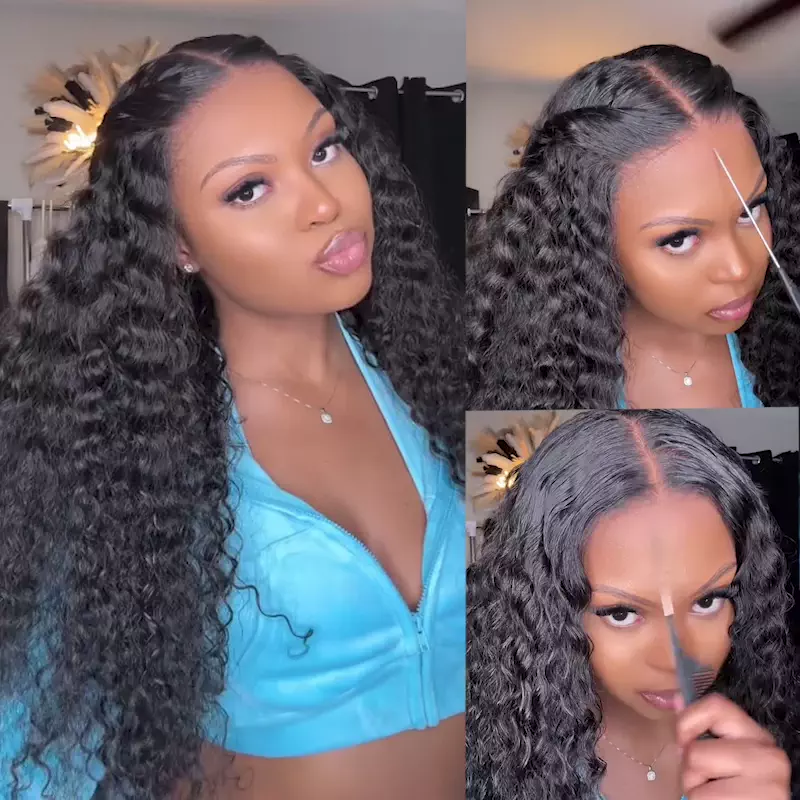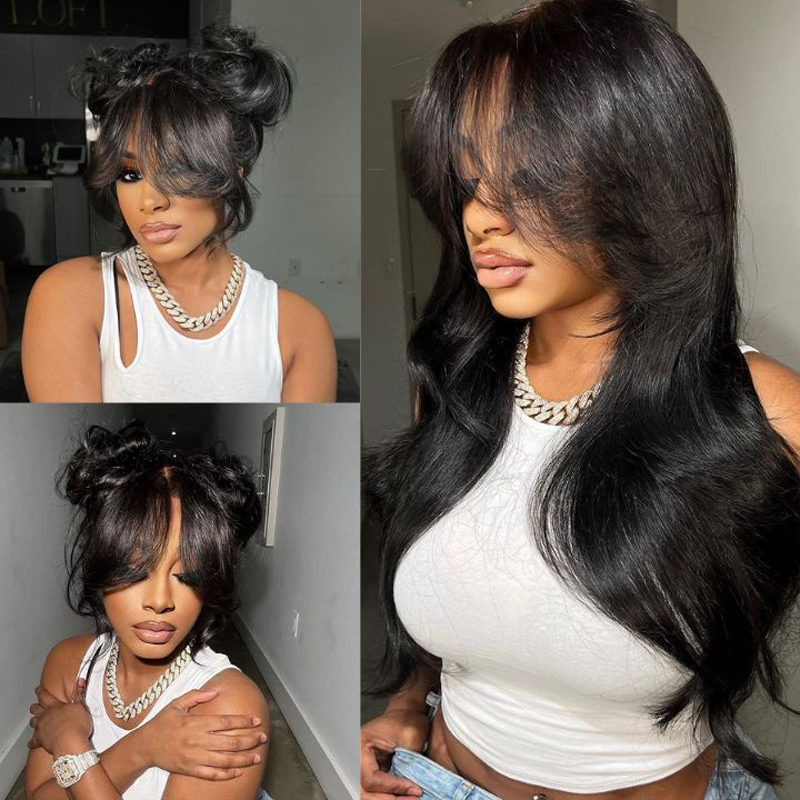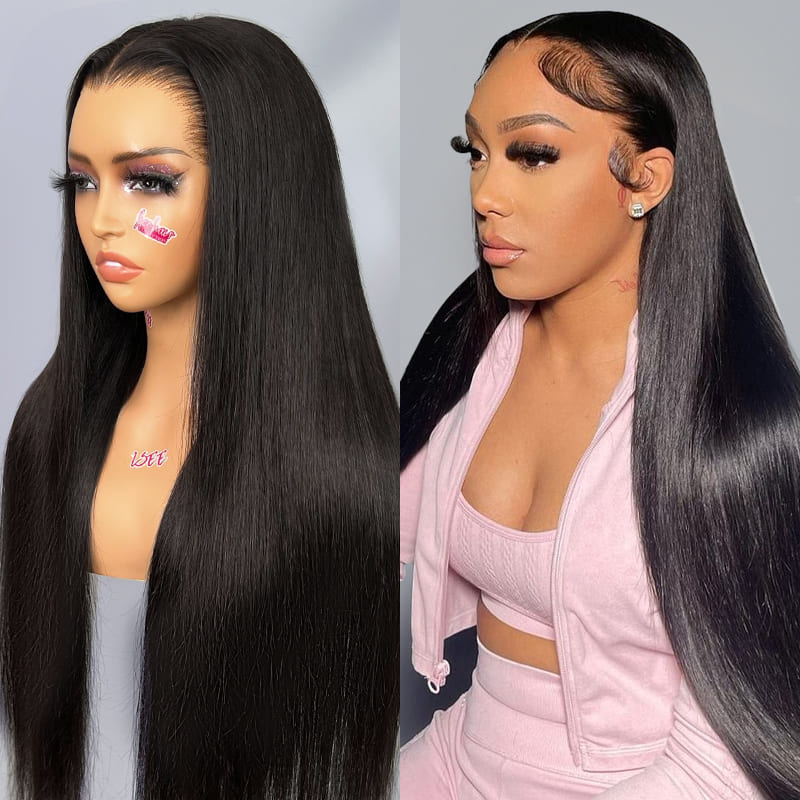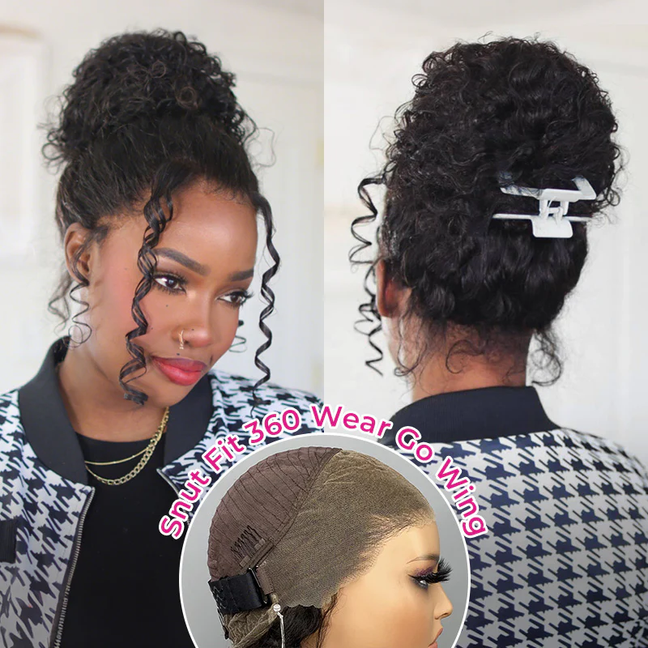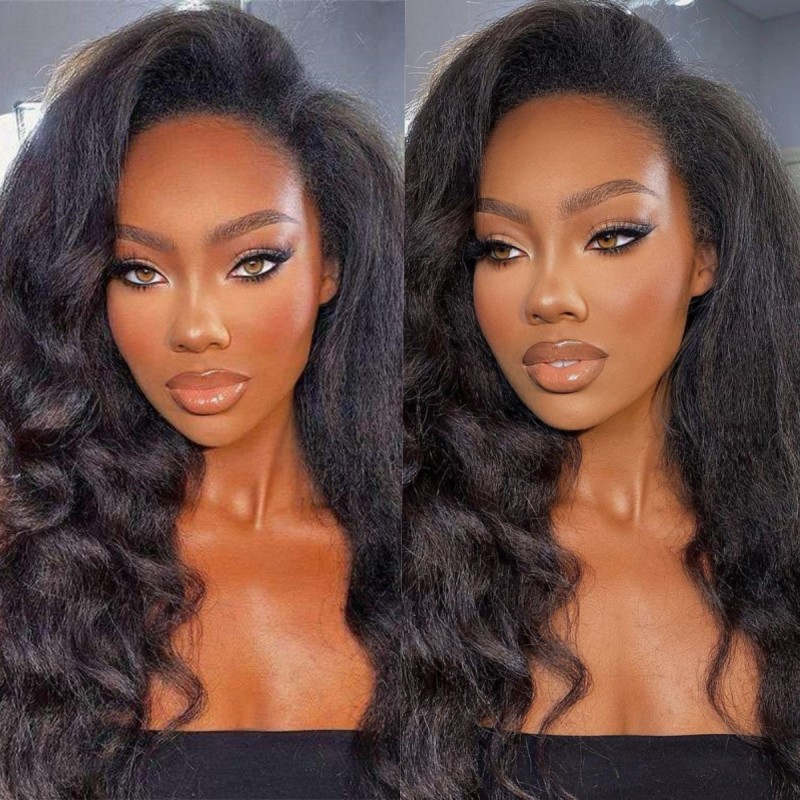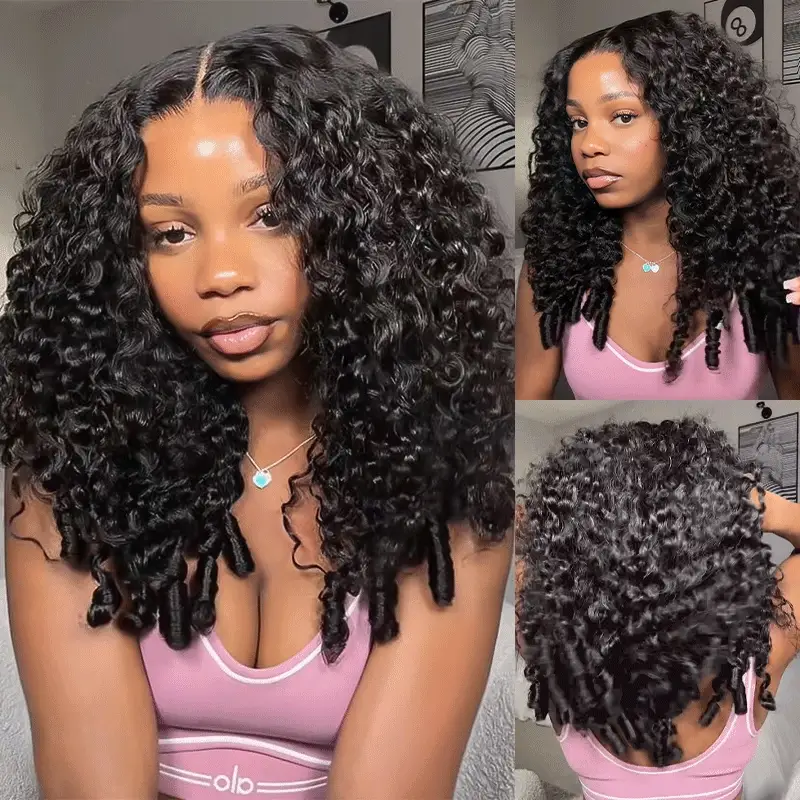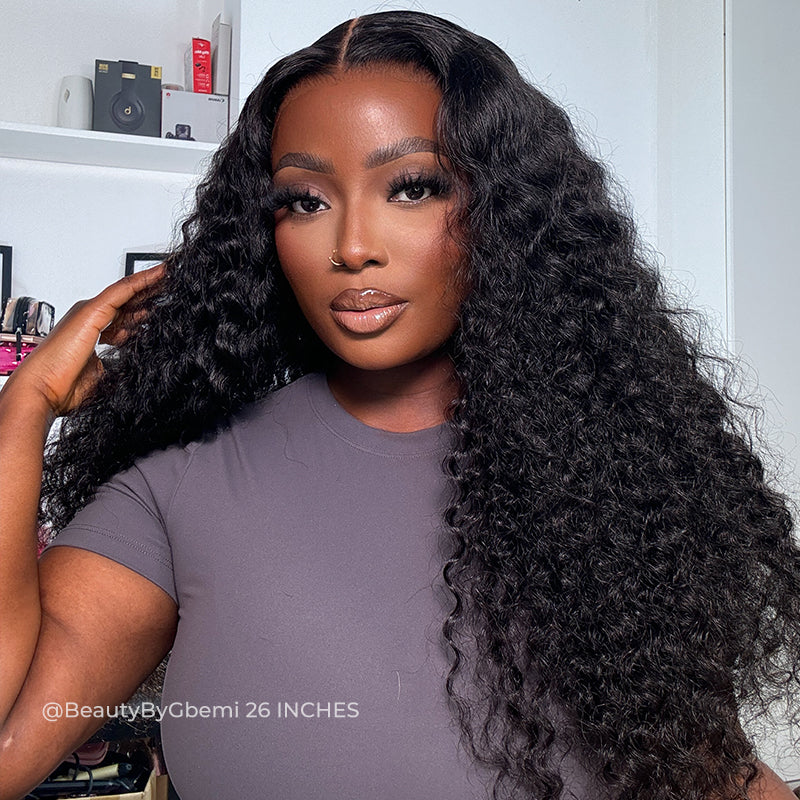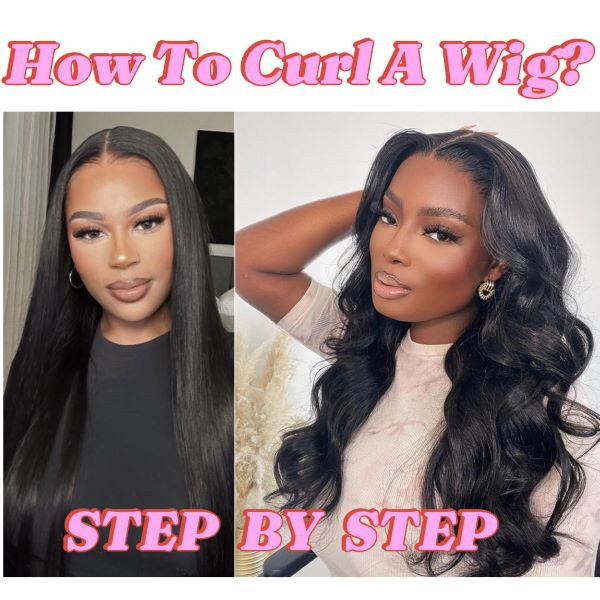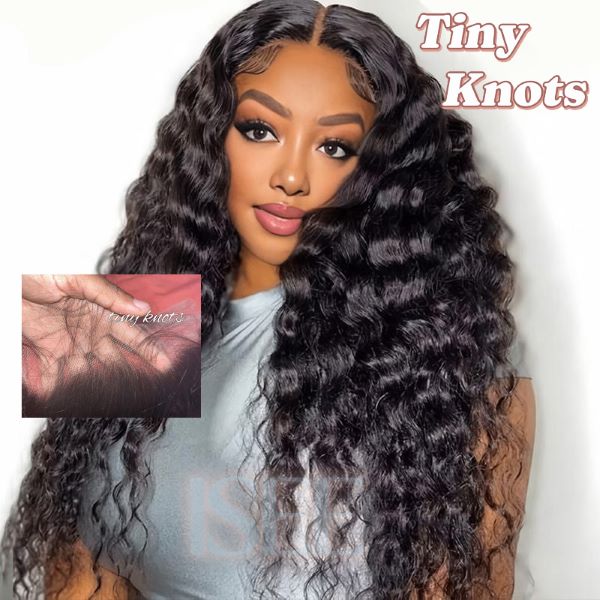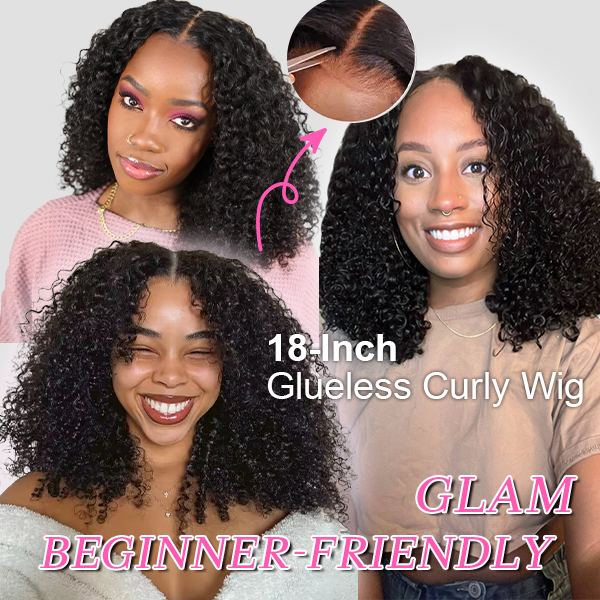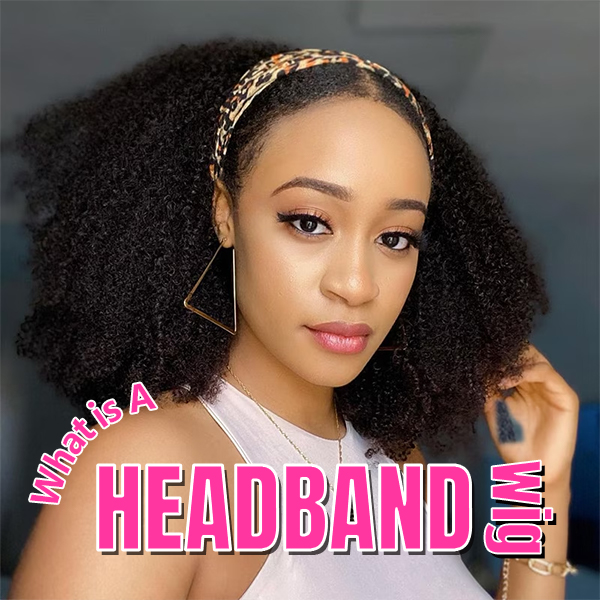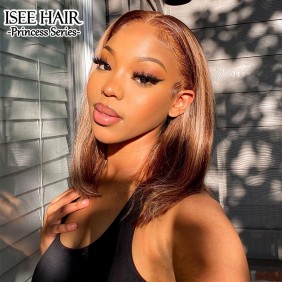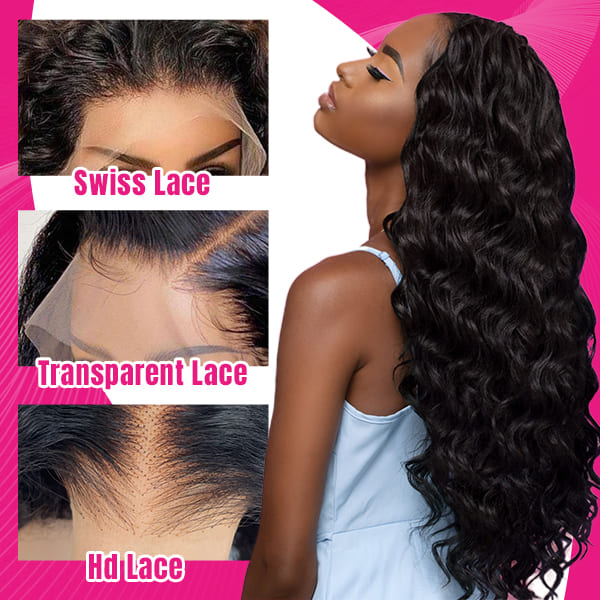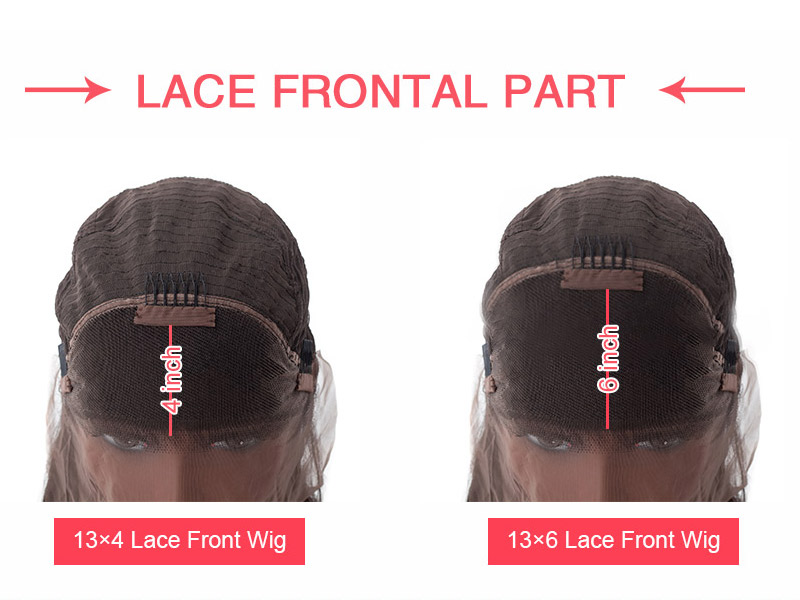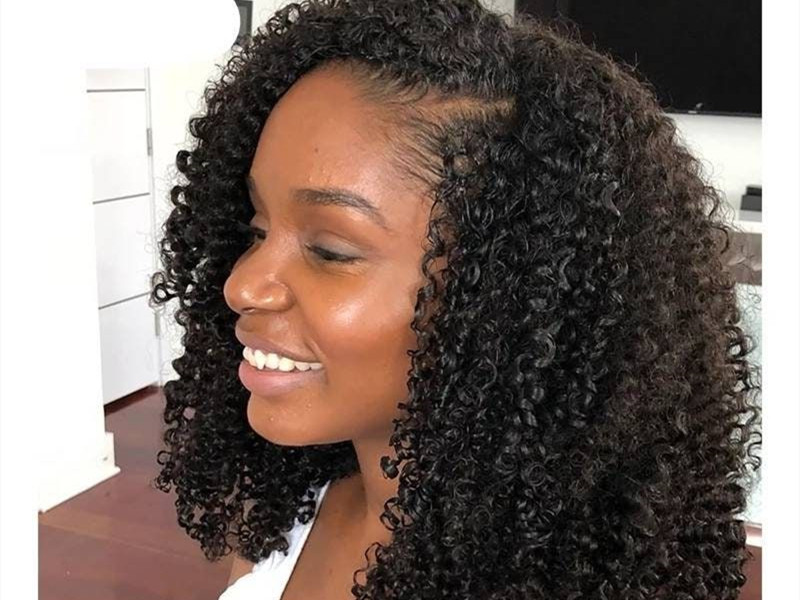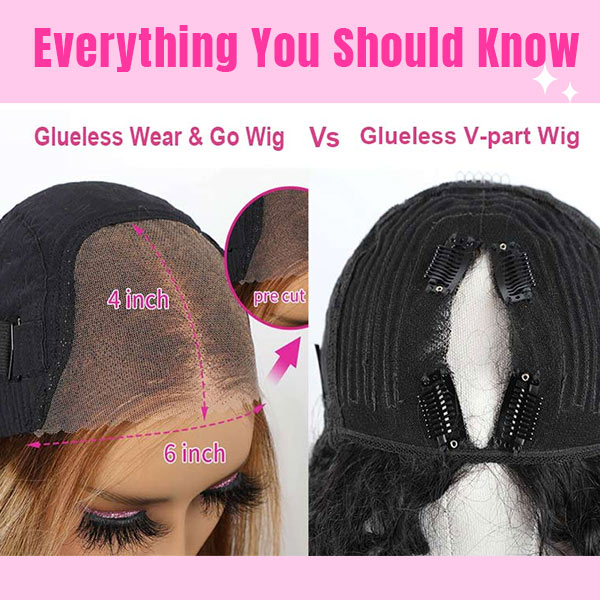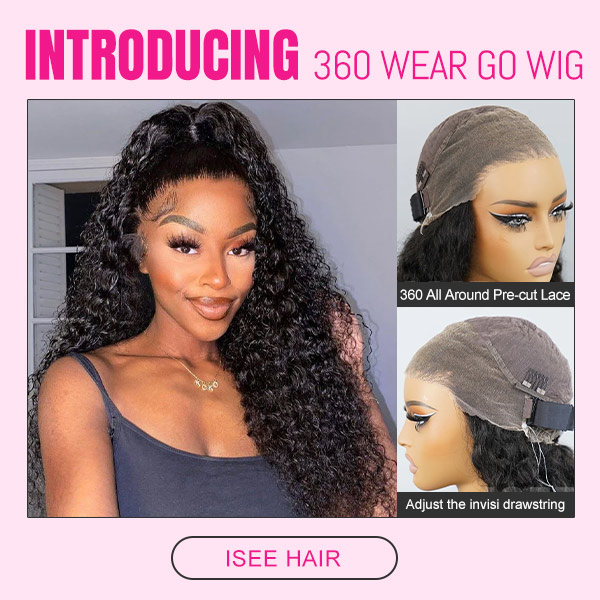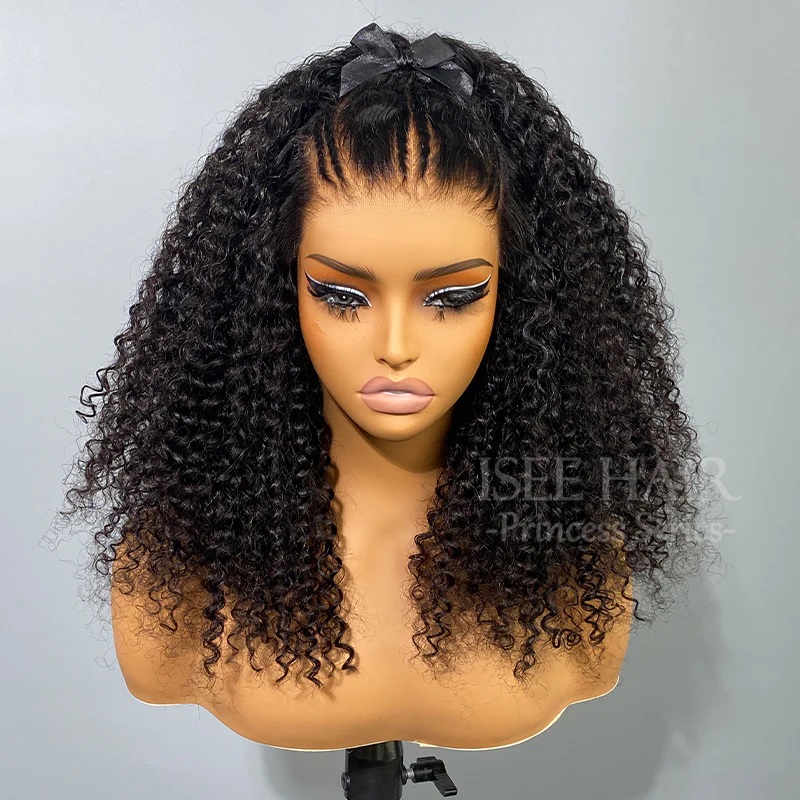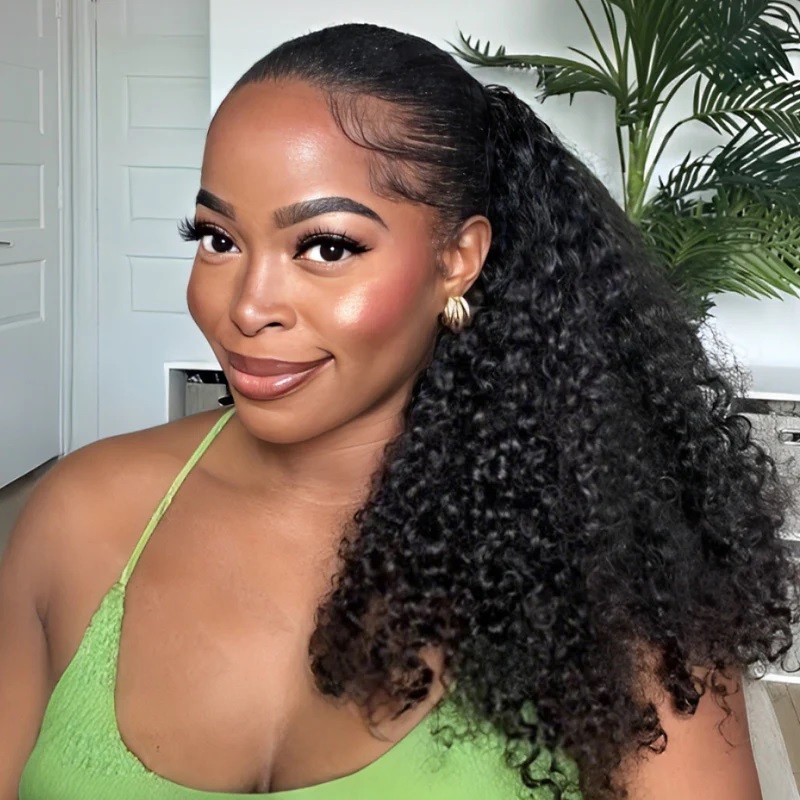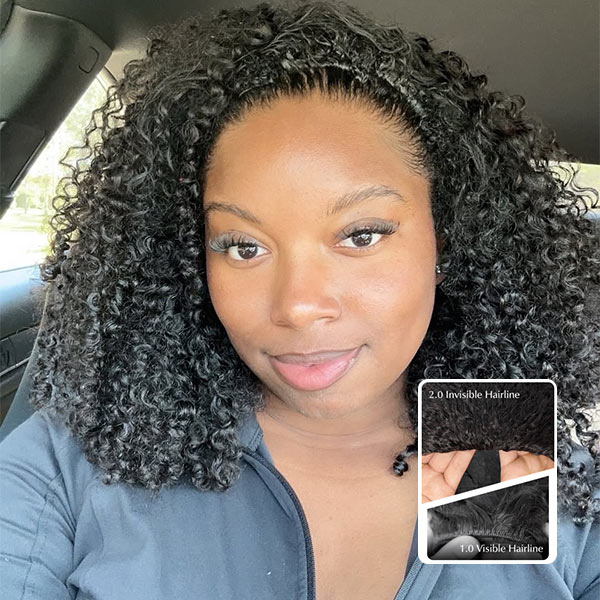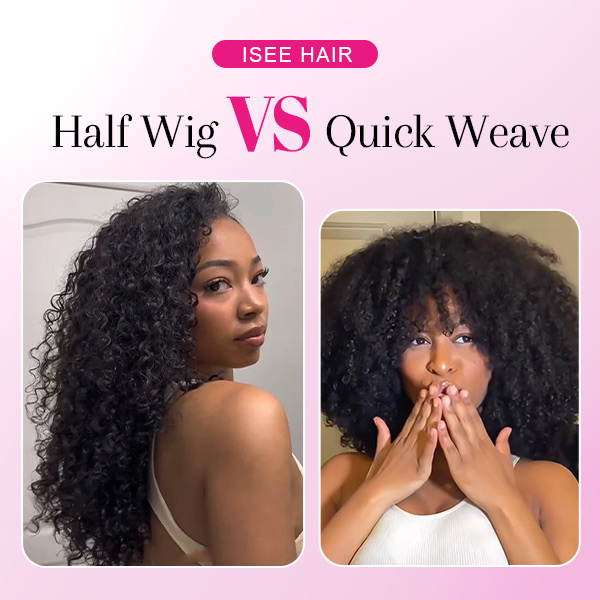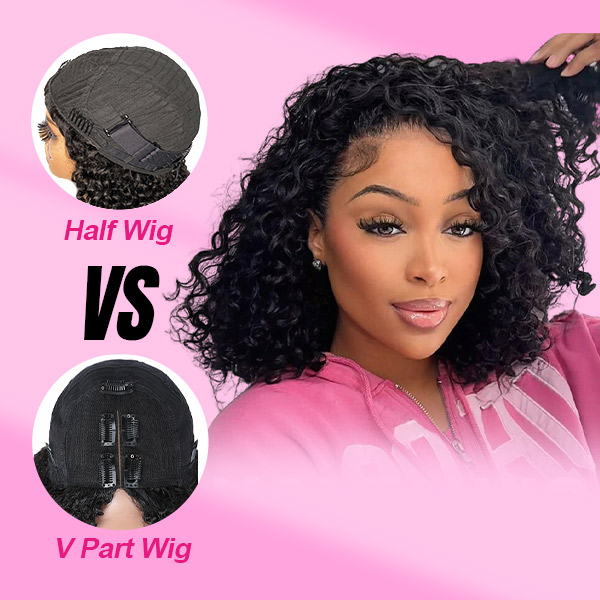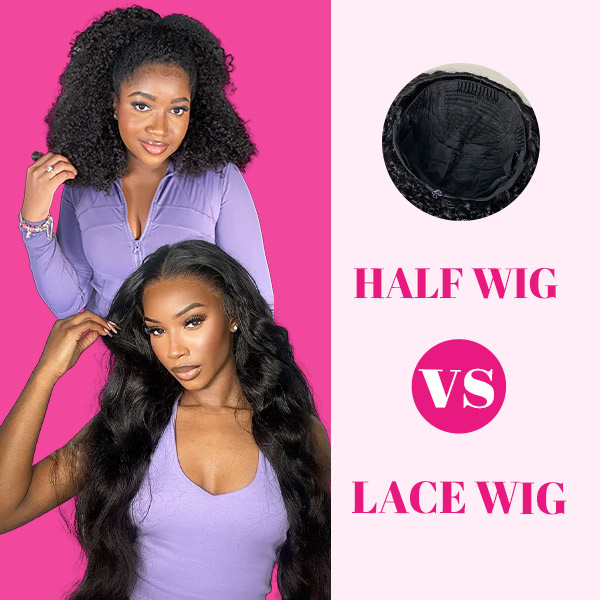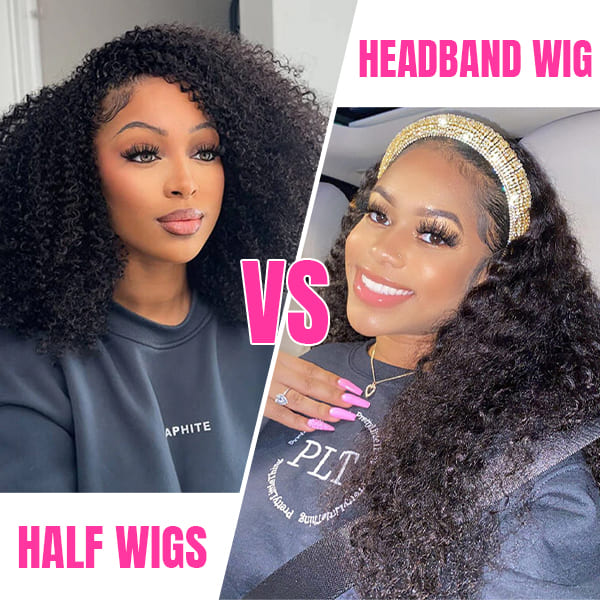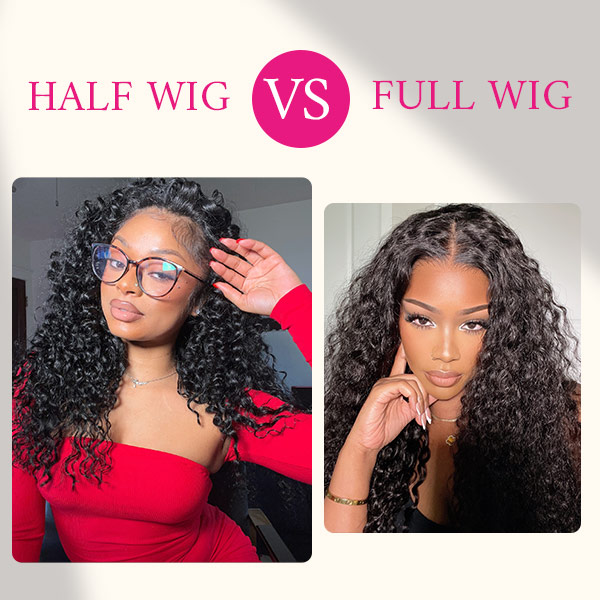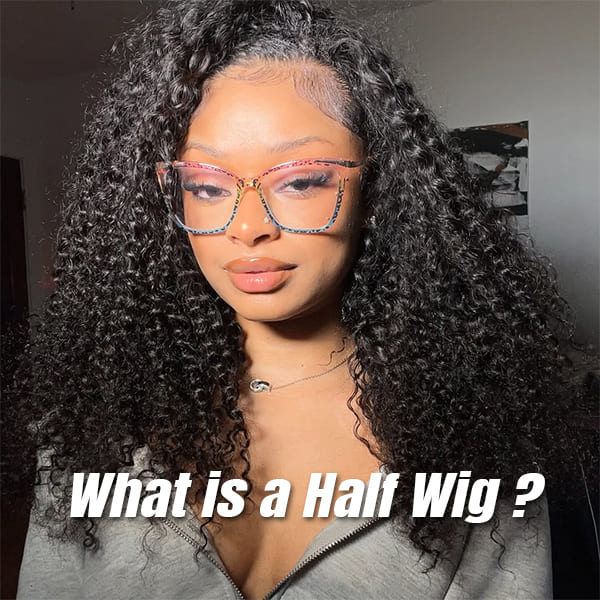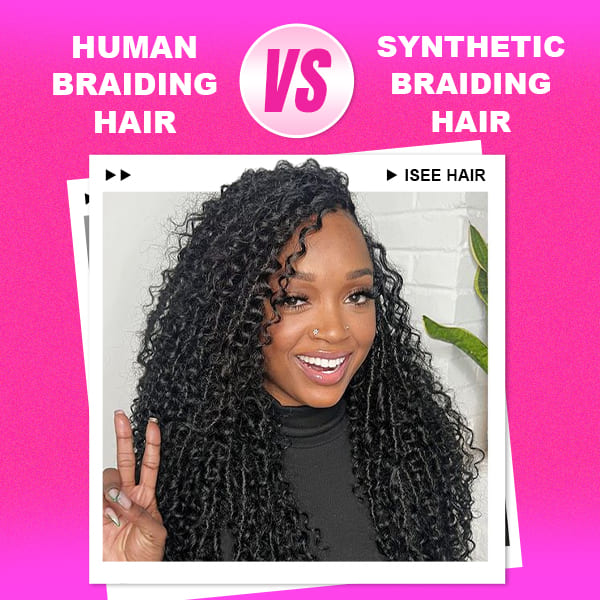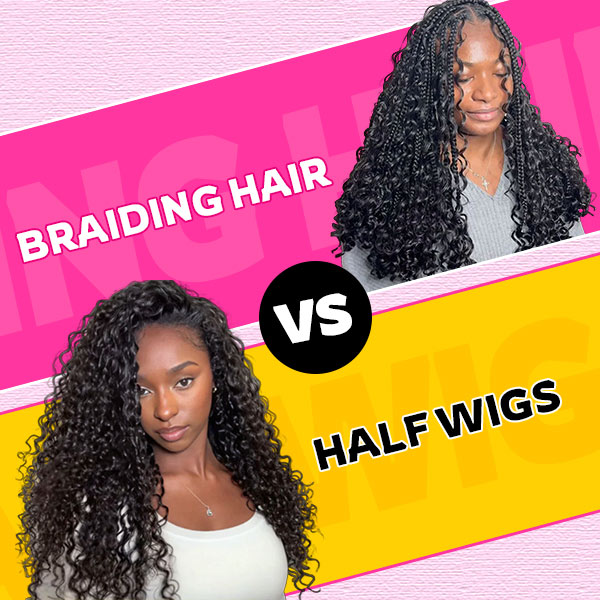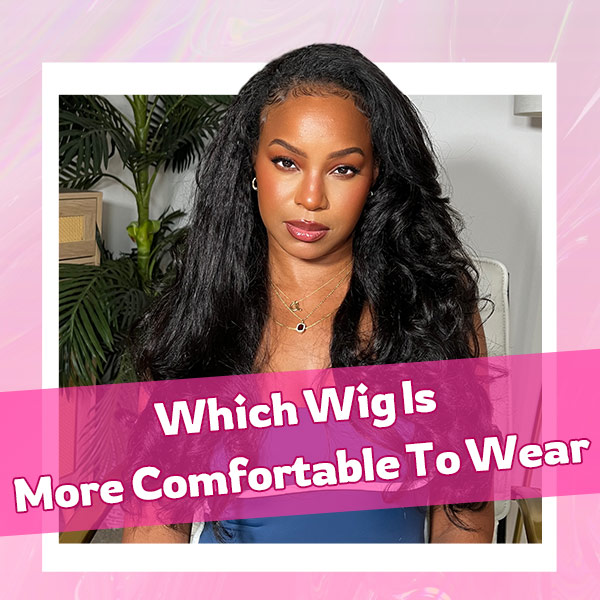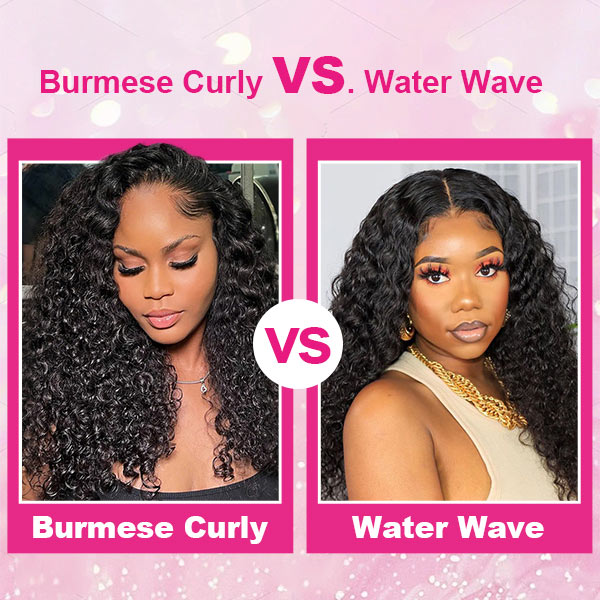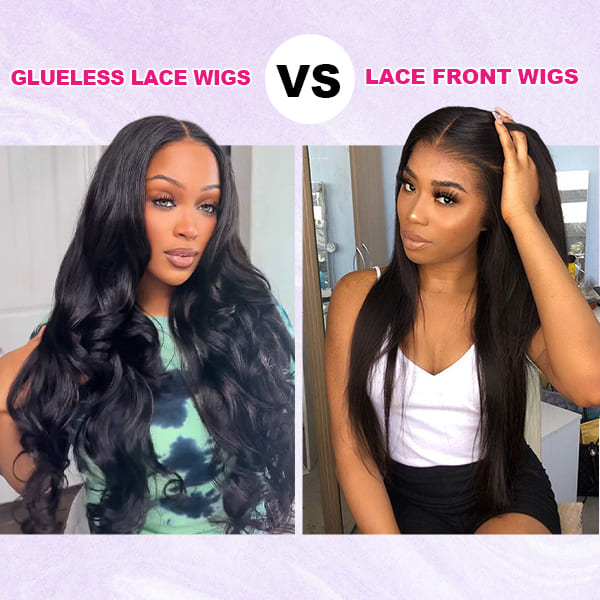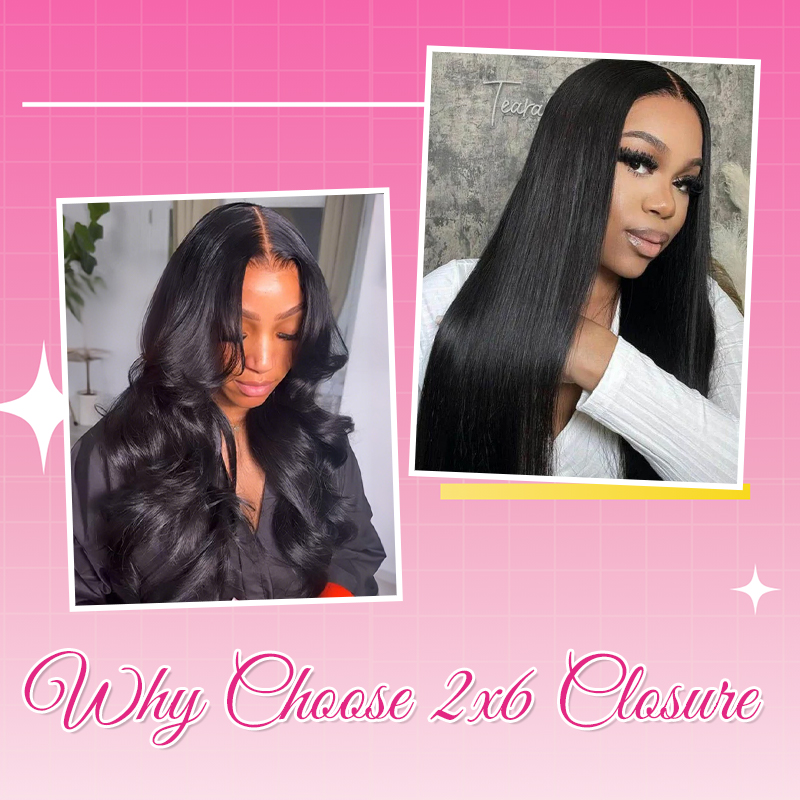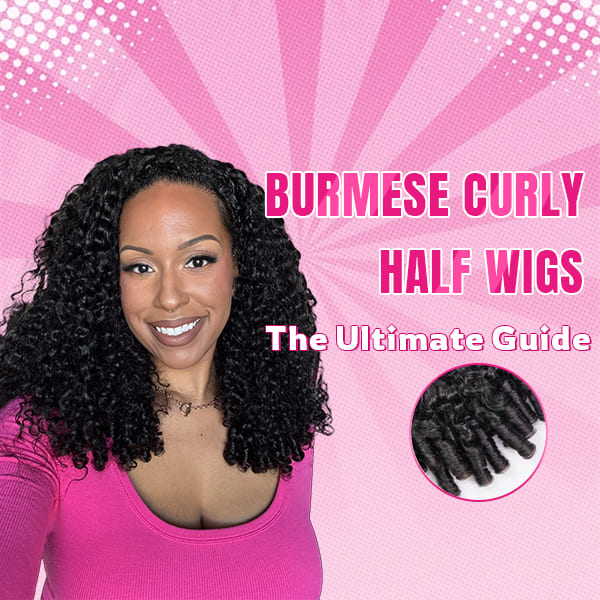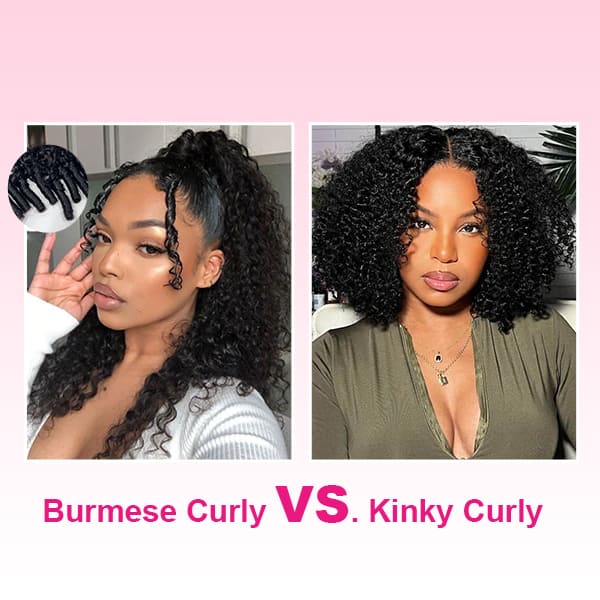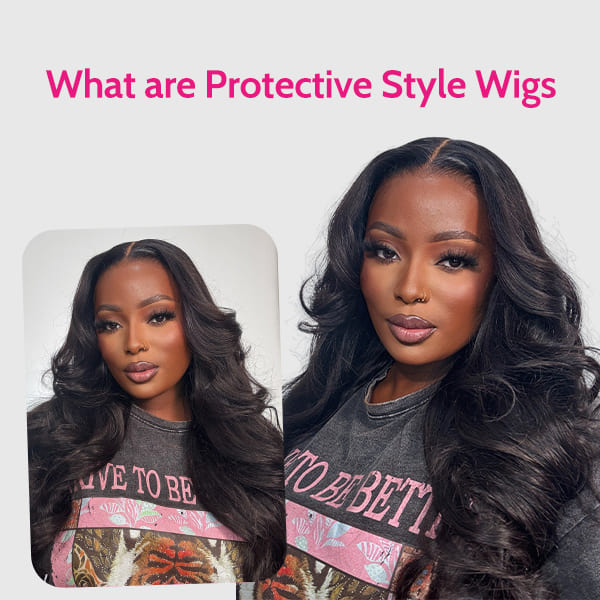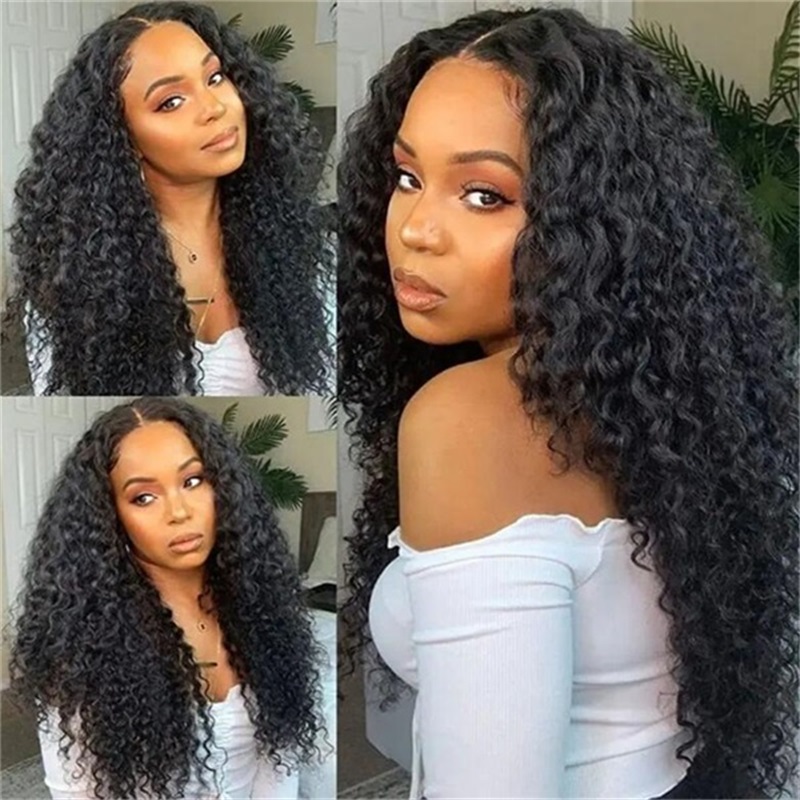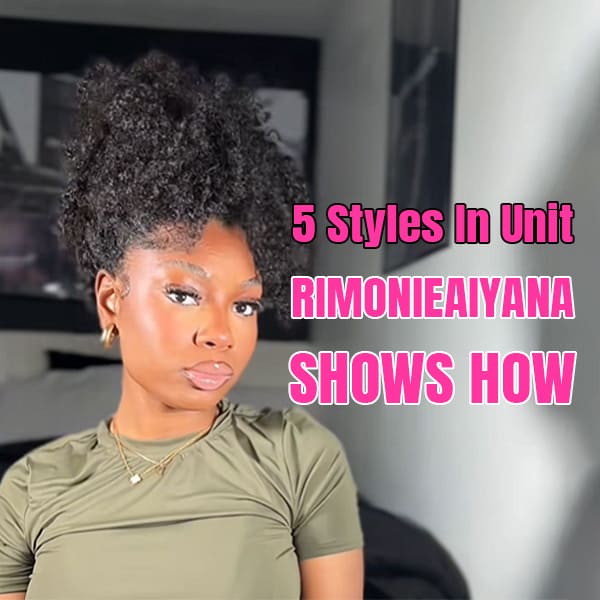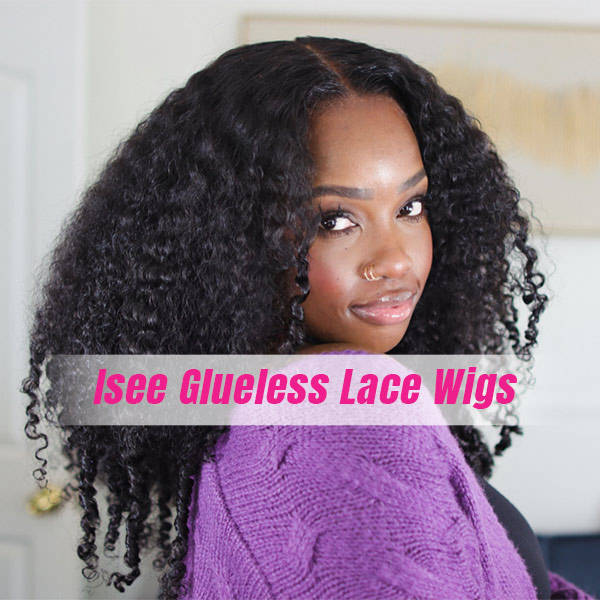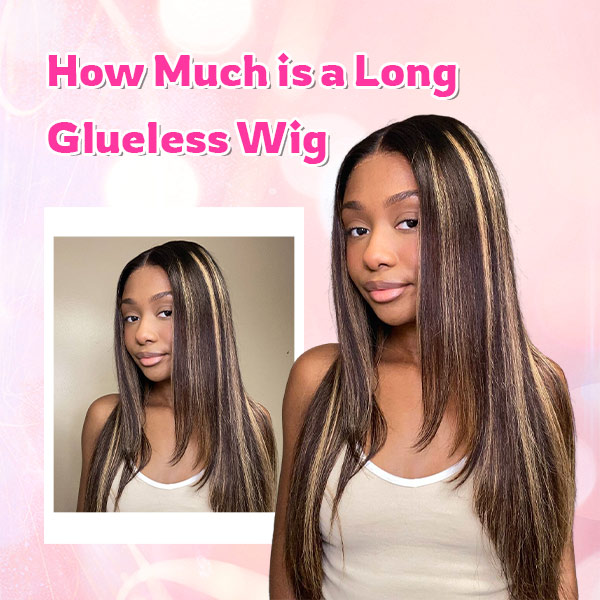
Price is one of the most important considerations when choosing a wig. For popular long glueless wigs, what price you can get one, what about the wig quality corresponding to the price, what factors influence the price, and more questions you should know about before buying a wig. Here in this blog, we will provide you with the answers.
What is a Long Glueless Wig?
Long glueless wig is a very popular choice for wig beginners and women who want to put on and take off wig easily. You do not need glue to install the wig, with pre cut hd lace front, dome cap wig design, adjustable straps, elastic band and combs, you can get very comfortable, breathable, and secure fitted wearing experience.
Pricing Overview of Long Glueless Wigs
For Human Hair Glueless Wigs
Typically Pre plucked lace front glueless wigs is about $180, long length is about $300-$400.
And a 9x6 hd lace glueless wig is about $450-$550.
But as a direct-to-consumer brand and the first wear go glueless wigs inventor, if you buy wigs on Isee hair online, the price is much more cheaper and give best wig cap design and top quality human hair material.
Isee 7x5 pre cut hd lace wear go glueless wig is about $100, and for long style 18 inch-28 inch is about $140 to $270.
Isee 9x6 hd lace m cap glueless wig is about $105, and for long style 18 inch - 30 inch, the price is range from $145 to $330.
Isee 13x4 glueless lace front wigs cost $110 around, and for long style 18 inch to 30 inches, the price range from $150 to $340.
For 13x6 Hd lace lace front glueless wigs, long style 18-30 inches hair length, the price is about $175 to $370.
And For 360 Glueless Wig transparent lace long style 18-26 inches, the price is about $150 to $235.
For Synthetic Glueless Wigs
The price comes from $35-$150 for long styles. Since the synthetic hair is more affordable than human hair. But less natural and more shinny than human hair wig. Less care needed and pre-styled, good choice for wig beginners.
Factors Affecting the Price of a Long Glueless Wig
Several key elements influence the cost of a long glueless wig, including the type of hair, length, construction, and overall craftsmanship. Below is a breakdown of the main factors:
1. Hair Material
There are two main types of wig hair: synthetic and human hair.
Synthetic hair wigs are generally more affordable but often appear less realistic and have limited styling flexibility.
Human hair wigs, especially virgin human hair, are made from unprocessed strands that retain the natural cuticle alignment, offering a more realistic look, greater durability, and heat-styling capability. These premium features raise the price.
2. Hair Length
Longer wigs require more hair and labor, making them more expensive. Shorter wigs typically cost less.
If you're considering a wig that’s 22 inches or longer, expect to pay more, as these fall into the higher price bracket due to the added material and weight.
3. Hair Source
The origin of the hair—such as Brazilian, Indian, Peruvian, or Malaysian—can impact both texture and price. Some textures are more sought-after or rare, which drives up the cost.
4. Cap Construction
The type of lace and cap affects comfort, versatility, and realism:
7x5, 9x6, 13x4, 13x6, and 360 lace wigs offer various levels of parting space and natural hairlines.
HD lace and transparent lace provide a more seamless, invisible blend but are usually more expensive.
Full hand-tied wigs require more time and craftsmanship, increasing the price compared to machine-made wigs.
5. Material Quality
From the lace to the hair fibers, overall material quality plays a major role in pricing. Premium HD lace, high-grade hair strands, and durable wefts all contribute to a higher price point.
6. Craftsmanship
Highly skilled labor—such as hand-tied knots, pre-plucked hairlines, and bleached knots—ensures a more natural look and comfortable fit. These detailed, manual processes add to the production cost.
7. Hair Density
Wig density refers to how full the hair appears.
Higher density wigs (180% or 250%) use more hair, creating a thicker look—this naturally raises the price.
Lower density wigs (130% or 150%) are more lightweight and usually more affordable.


 {{ wordsItem.word }}
{{ wordsItem.word }}


 {{ item.rate }}
{{ item.rate }} 









